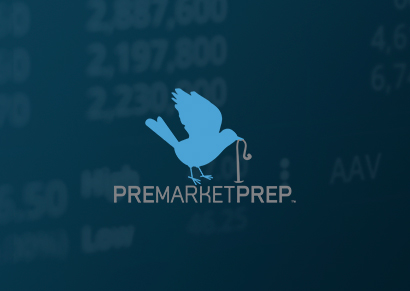
The S&P 500 Index Futures made modest gains in today’s session, with bulls dominating the day’s trading activity. The open (4536.75) was virtually the low of the day, setting the…
The S&P 500 Index Futures made modest gains in today’s session, with bulls dominating the day’s trading activity. The open (4536.75) was virtually the low of the day, setting the…
After four consecutive days of gains, the S&P 500 Index finally hit a bump in the road. Despite spending most of the session in the green, the index was unable…
The Producer Price Index reading for June followed suit with Wednesday’s decline in the Consumer Price Index. The reading revealed a slight rise for the month, with core PPI subsiding….
Sometimes investors are leaning the right way into a major report and sometimes they are really leaning the right way. Investors who participated in the two-day buying spree ahead of…
The bond market and the stock market are giving conflicting signals about the June CPI report. While the 30 year bond is near its March lows, topping out in late…
Despite all of the top mega cap tech components of the S&P 500 in the red, the index was able to snap a three-day losing streak. During premarket trading, the…
Dark pools, as brought up on The Closing Print between Joel Elconin and Dennis Dick, are private exchanges or forums for securities trading, which aren’t openly available to the public….
The S&P 500 Index Futures continued its losing streak for the third consecutive day, despite initial signs of a potential upside rebound during today’s session. The index opened near the…
Today, the S&P 500 Index Futures extended its recent losing streak, in spite of the “buy-the-dippers” stepping in to attempt to arrest the decline. Once the index crossed below the…
Premarket trading was a good indication of the Wednesday session. The index spent very little time in the green during aftermarket trading on Monday and into early Wednesday. In fact,…
